Introducing a dynamic duo of Proprietory models
We work through two proprietory models: the DEPTH Model, which represents our method of working, and the D3R2 Model, which illustrates our approach to measuring and extending the learning effectiveness. Together, both models focus on not only learning and development but also the business development affirming our commitment to
“Development in Depth.”
- Comprehensive Learning Plan(DEPTH Model)
- Measuring Learning Effectiveness(D3R2 Model)

The first phase of our exclusive DEPTH model involves a process known as “Dissecting.”
In this stage, we focus on clearly understanding the problem customer is trying to solve, setting the goals & objectives for the initiative and identifying the current level of the learners & the environment they operate in.
The Need Analysis & Identification is done across 4 levels –
- Business Needs
- Learning Needs
- Job Performance Needs
- Individual Needs

Once the initial diagnostics have been done, this stage involves creating the detailed blueprint with the end goal in mind.
It deals with setting up the learning objectives, deciding the methodology, detailed learning plan, learning delivery plan, evaluation & effectiveness plan and handholding plan in a systematic manner, with great attention to detail.
The main area of work at this stage are:
- Develop Objective
- Identify Learning Steps
- Develop Tests
- List Entry Behaviors
- Sequence and Structure
- Media & Methodology




This is the stage where the learning material and content are created in line with the objectives of the initiative. The actual learning materials are prepared and the learners are readied for the initiative.
The different steps involved here are :
- List Learner Activities
- Preparation of Learning handouts (If required)
- Select Delivery Systems
- Review Existing Material
- Develop Modules
- Choose Instruction
- Synthesize
- Validate Instruction


This is the stage of actual implementation of the learning plan. The facilitators are trained in outcomes, content, methods and procedures. The Thrust stage is where the dissimination of the learning takes place.
During this critical phase, the key elements that come into play are:
- Facilitator Training
- Preparation of pre training preperatory training material
- Preperation of pre training and post training knowledge tests and competency
monitors - Execution of Learning
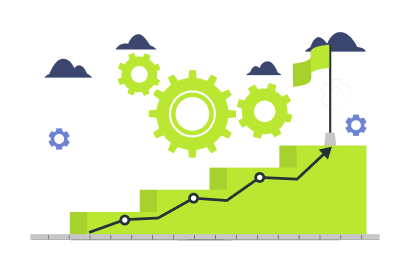



This final stage can be of varying lengths and engagement depending on the requirement of the initiative.
Learning is a continuous process and requires regular evaluation, performance coaching, mentoring and hand holding. This is the beginning of true ‘Development-in-Depth’ partnership.
The elements that come into play during this phase are :
- Regular Evaluation
- Performance Coaching
- Mentoring and Handholding
- Peer Learning
- Development of performance coaches


The degree to which participants think and find the training favorable, engaging and relevant for their jobs. It is mostly assessed by after training surveys. Instead of focusing on the training outcome, the measurement focusses on the learner takeaways.
The key question answered here is – “Did they
(learners) like it?


The degree to which participants discover the intended knowledge, skills, attitude, confidence, and commitment based on their participation in the training. Evaluation can be done by both formal or informal ways and is done with pre and post learning assessments. A good scoring process will ensure there are no inconsistencies.
The key question answered here is – “Did they
(learners) understand it?
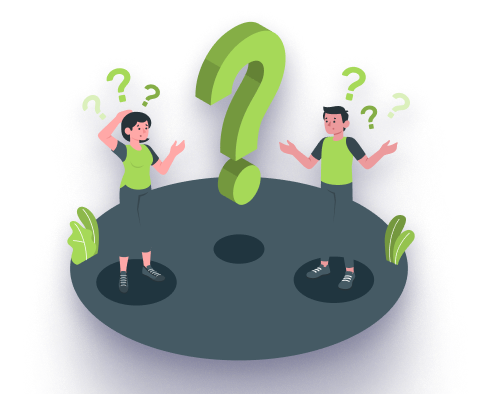

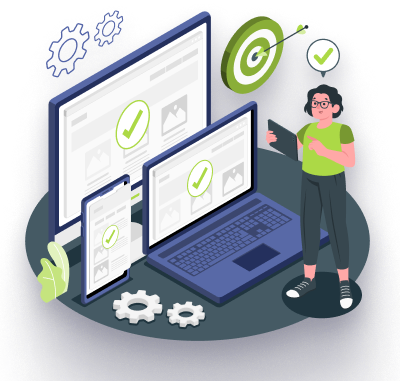

The degree to which participants apply what they learned during training once they are back on the job. This stage measures not only if the skills were learned well, but also if they can be applied easily in the current setup. It can reveal issues with organizational processes, culture and systems.
The key question answered here is – “Can they
(learners) do it?


The degree to which targeted outcomes occur because of the training and the support & accountability package. The measurement is done against the Key Performance Indicators of the organization.
The key question answered here is – “How did
the organization benefit?
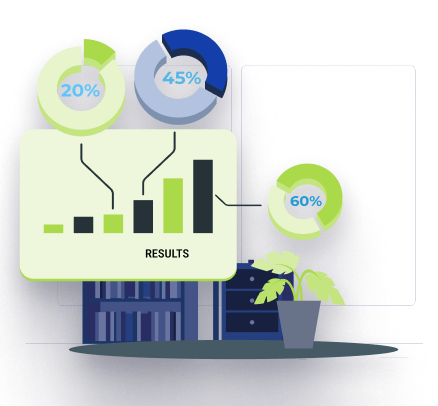

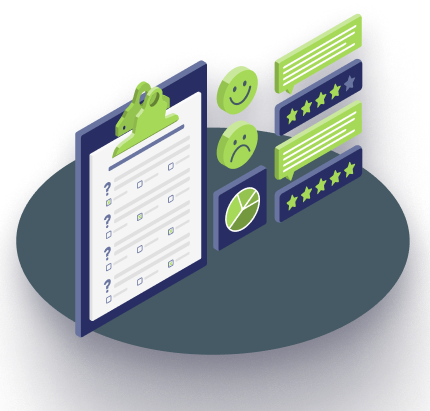

Review of the Results not only tells what worked & what didn’t, it also set’s the direction for the future. This is the stage to identify and define the future path to partnership with D-squared Consilium for lasting and on-going organizational results.
Download Our Brochure !